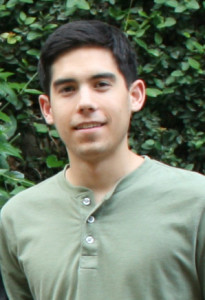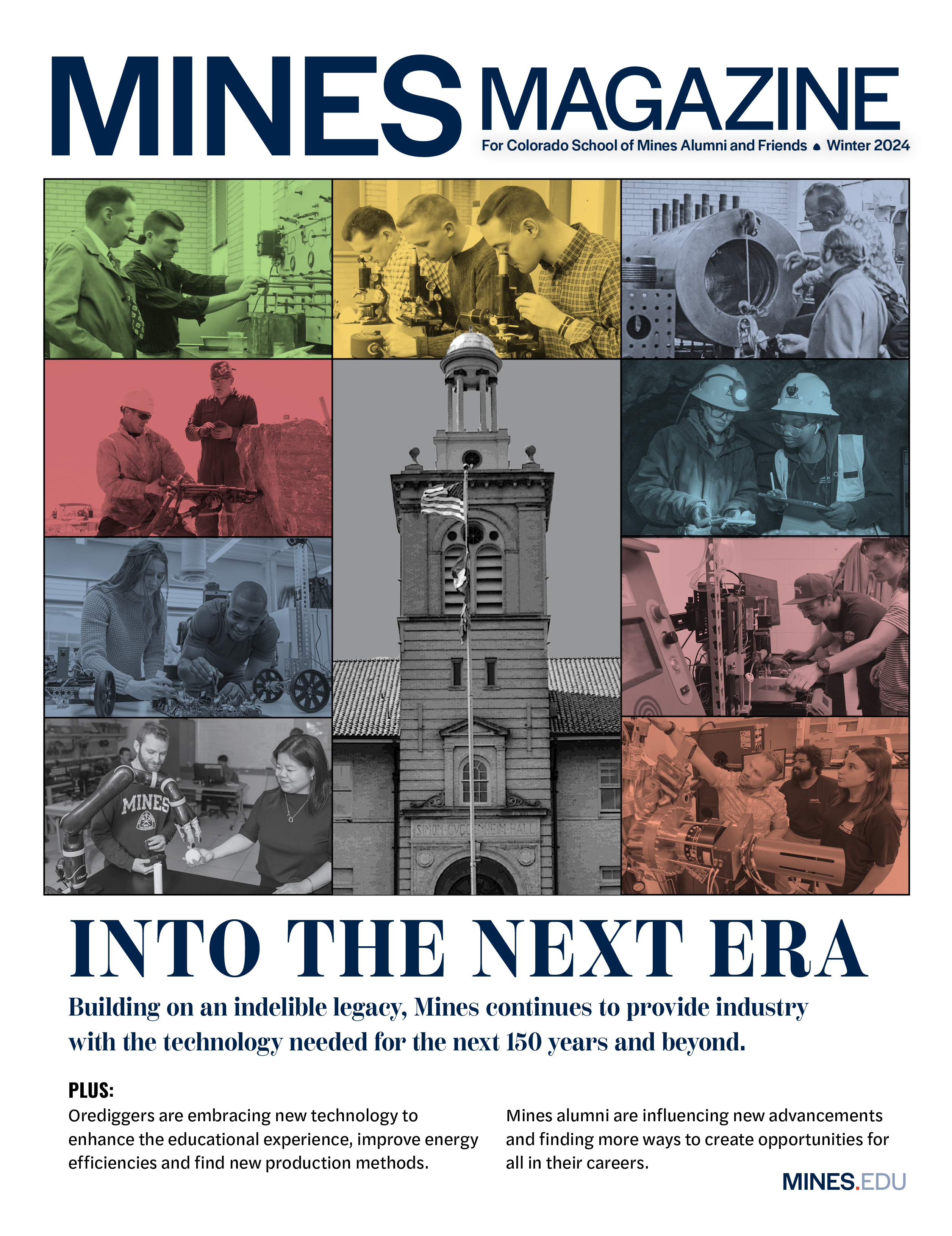 I am Scott Harper, a 2013 graduate of Mines in metallurgical and materials engineering. During the summer of 2012 I spent 10 weeks at the Indian Institute of Science in Bangalore as part of an undergraduate research project. I became fascinated by aspects of South Asia that distinguish it as a subcontinent to the rest of the world, but still more with those that produce a diversity arguably exceeding that of Europe, even when considering India alone.
I am Scott Harper, a 2013 graduate of Mines in metallurgical and materials engineering. During the summer of 2012 I spent 10 weeks at the Indian Institute of Science in Bangalore as part of an undergraduate research project. I became fascinated by aspects of South Asia that distinguish it as a subcontinent to the rest of the world, but still more with those that produce a diversity arguably exceeding that of Europe, even when considering India alone.
Early last year, my dad introduced me to Prabhat Jha, a Nepali, who, along with his brother and other family members, had founded a nonprofit called Eejot. Meaning ‘light’ in the local Maithili language, Eejot focuses on education, particularly computer literacy, of students from and around the Jhas’ rural home village of Sisautiya. I had already been considering a deferral of my enrollment into Mines’ materials science graduate program, and an autumn in Nepal made for a perfect hiatus.
My hope was that the time off would be refreshing before diving back into school, and I saw volunteering part of my time to Eejot as a great way to make a positive impact as well as a unique cultural immersion opportunity. I planned to spend six weeks in Sisautiya exploring ways to create a curriculum for Eejot, with the remaining time spent enjoying Nepal’s culture, history and mountains. The subsequent experience surpassed those expectations in ways I never would have anticipated. From 300 feet above sea level in the steamy Gangetic basin to over 15,000 feet in the midst of some of the world’s greatest peaks; from overnight travel in buses held together with duct tape and prayers to escaping a trekkers trap with an unplanned helicopter charter; from Hindu festivals to Buddhist stupas; from teaching Microsoft Excel to learning Hindi; from the morass of chaos, filth and opportunity that is Kathmandu to the crushing poverty (but also the hopes and dreams) of the villages, I had the privilege of cutting a substantial cross-section through Nepal’s mind-bogglingly complex cultural and physical landscapes. The adventure was a sabbatical of sorts, saturated with forays into history, geography, anthropology, philosophy and pedagogy; but beyond categorical descriptions, it was enlightening in a way that can only truly be understood through the experience itself. And although my time in Sisautiya was successfully directed at educating others, I believe that I still gained more than I gave. The people I met and the ways they shared their lives with me are what I value most about those three and a half months.
With the exception of the very last entry, this blog was written while I was in Nepal and sent home to friends and family, who had expressed interest in my journey. I hope you find them enjoyable.
Note on pronunciations: Nepali words (and words in other Sanskritic languages) are generally pronounced phonetically in their transliterated forms. There are no silent letters, and vowel sounds are monophthongs. A sort of exception to silent letters is when an ‘h’ follows a consonant. This construction indicates an aspirated sound, meaning an extra puff of breath is released. Native speakers of English generally have difficulty distinguishing between aspirated and non-aspirated consonants, so the ‘h’ may seem to not be pronounced. An example of a monophthong vowel is the ‘a’ in the name ‘Jay’, which rhymes with ‘dye.’ An example of an aspirated consonant is the ‘th’ in the Kathmandu neighborhood of Thamel, which starts like ‘Thomas.’ Usually ‘ch’ is pronounced as in ‘change,’ and ‘chh’ indicates an aspiration of the former sound, as in the festival of Chhath.
Note on downloadable files: Several of the coming entries include supplemental Google Earth files that bring geographic context to the stories, including routes, places and additional photos. Google Earth is a free application that allows the user to view and manipulate layers of data, such as satellite imagery and terrain profiles, on a virtual Earth. For those who are new to Google Earth or would like some extra tips, click here for more details.


